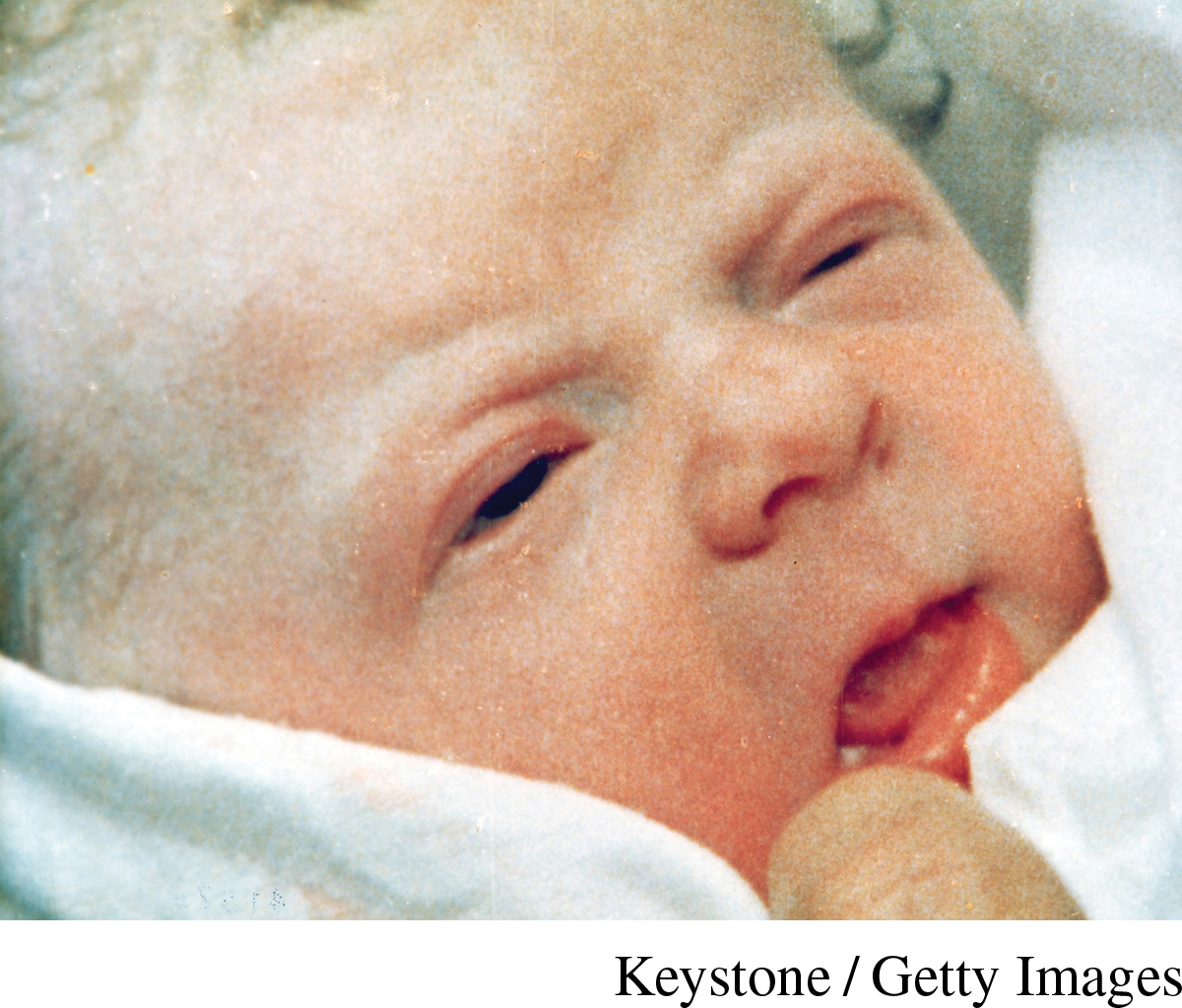Revolutions in Biology and Reproductive Technology
Revolutions in Biology and Reproductive Technology
A revolution in the life sciences brought about dramatic health benefits and ultimately changed reproduction itself. In 1952, scientists Francis Crick, an Englishman, and James Watson, an American, discovered the structure of deoxyribonucleic acid (DNA), the material in a cell’s chromosomes that carries hereditary information. Simultaneously, other scientists were working on “the pill”—an oral contraceptive for women that capped more than a century of scientific work in the field of birth control. Still other breakthroughs in biology lay ahead, including ones that revolutionized conception and made possible the scientific duplication of species (cloning).
Crick and Watson solved the mystery of biological inheritance when they demonstrated the structure of DNA. They showed how the double helix of the DNA molecule splits in cellular reproduction to form the basis of each new cell. This genetic material, biologists concluded, provides a chemical pattern for an individual organism’s life. Beginning in the 1960s, genetics and the new field of molecular biology not only increased knowledge about viruses and bacteria but also effectively ended in the West such diseases as polio, mumps, measles, and tetanus through the development of new vaccines.
Other scientists used their understanding of DNA to alter the makeup of plants (for instance, to control agricultural pests) and to bypass natural animal reproduction in a process called cloning—obtaining the cells of an organism and dividing or reproducing them in an exact copy in a laboratory. In 1967, Dr. Christiaan Barnard of South Africa performed the first successful heart transplant. Other researchers later developed both immunosuppressants (to prevent rejection of the transplant) and an artificial heart. As major advances like these occurred, commentators began to ask whether the enormous cost of new medical technology to save a few people would be better spent on helping the many who lacked even basic medical care.

Technology also influenced the most intimate areas of human relations—sexuality and procreation. Matching family size to agricultural productivity no longer shaped sexual behavior in the industrialized and urbanized West. With reliable birth-control devices more readily available, young people began sexual relations earlier, with less risk of pregnancy. These trends accelerated in the 1960s when the birth-control pill, the result of research around the world, was first marketed in the United States. The pill was initially tested on American medical students in Puerto Rico and then on a larger scale among Puerto Rican nurses, many of whom were eager for reliable contraception. By 1970, the pill’s use was spreading around the world. New techniques brought abortion, traditionally performed by amateurs, into the hands of medical professionals, making it a safe procedure for the first time.
REVIEW QUESTION What were the technological and scientific advances of the 1960s and 1970s, and how did they change human life and society?
Conception and childbirth were similarly transformed. Whereas only a small minority of Western births took place in hospitals in 1920, more than 90 percent did by 1970. Obstetricians now performed much of the work midwives had once done. As pregnancy and birth became medicalized, the number of medical interventions such as cesarean births rose. In 1978, the first “test-tube baby,” Louise Brown, was born to an English couple. She had been conceived when her mother’s eggs were fertilized with her father’s sperm in a laboratory dish and then implanted in her mother’s uterus—a complex process called in vitro fertilization. In reproductive technology, as in other areas, the revolution in biology was dramatically changing human life, improving health, and even making new life possible.